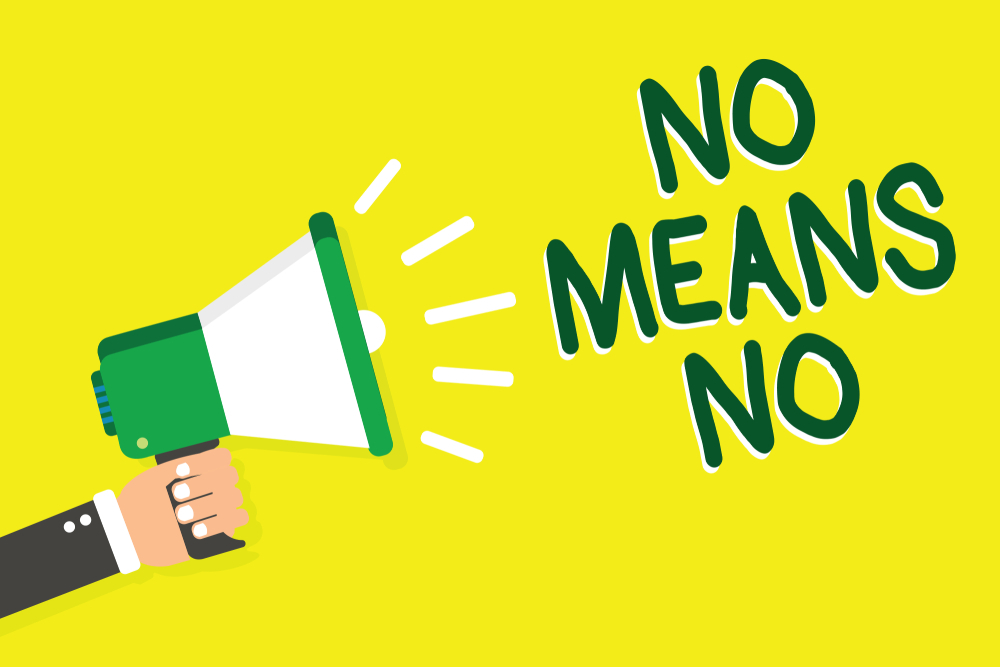What you need to know about Consent
While legal definitions of consent may vary from place to place, or in different circumstances, one thing is always the same: Consent is an ongoing process, setting boundaries between parties to ensure being comfortable with one another and in any sexual act.
What is consent?
In simpler term, consent is an agreement between participants to start having sex. It is not something one party should force on another, as it should be given freely and clearly. It is always a good idea to ask for a verbal go ahead, before engaging in sexual activity as some signal may go unnoticed at the heat of the moment.
Underage people, intoxicated or incapacitated (by alcohol or drugs) individuals and those who are unconscious or asleep cannot give consent, no matter the concomitances leading to this moment.
Agreeing to sexual activity under pressure or intimidation and threat is also not categorized as consent. Engaging in sexual activity between participants with unequal power dynamics (e.g. student and teacher, or boss and employee) can also be problematic because consent in these situations may not be obtained freely.
What is Consent Exactly?
When it comes to sexual activity, consent is communication. Consent is a requirement for every type of activity, and consent to one activity does not necessarily mean consent in another, or even the same activity at another time. That means having sex with someone in the past does not automatically permit you to have sex with them in the future again, and having permission to kiss or cuddle does not mean you have permission for penetration, or any other act not specified by the person.
It is of paramount importance to discuss boundaries and expectations in a clear and frank manner prior engaging in sexual activity.
Consent is a process
It means you, or your sexual partner can withdraw consent at any point. One way to withdraw consent is by communicating that you no longer feel comfortable to continue this activity and that you want to stop. As withdrawing consent verbally may be challenging sometimes, non verbal cues can also send the same message and you should pay attention to these cues.
If you feel that your partner might be uncomfortable, it is best to talk to them and check in periodically.
Enthusiastic consent
Enthusiastic consent is a new model for better understanding consent. It focuses on a positive expression of consent. In simple words, it means that you should look for a presence of “yes” rather than an absence of “no”.
Enthusiastic consent may be verbally communicated, or it may lay in non verbal cues, such as positive body languages (eye contact, nodding head, and smiling). These cues do not necessarily mean consent on their own, but coupled with additional details may reflect consent.
However, it is still necessary to seek verbal confirmation before engaging in sexual activity.
Physiological responses and consent
Physiological responses such as lubrication, arousal, erection or even orgasm are involuntary; therefore these responses cannot count as consent to sexual activity.
The following acts are not consent
- Refusing to take no for an answer
- A nonresponsive, visibly upset and disengaged sexual partner
- Assuming the type of certain clothes, flirtation or even kissing in an invitation for sex
- Someone under legal age of consent, even if they verbally agree
- Someone who is passed out, sleep, or in any way incapacitated by using drug or alcohol
- Blackmailing, intimidating or using fear to get partner to agree
- Assuming you can engage in sexual activity because you’ve done it before with that person or have done other sexual acts with that person.
Written by: Mohebat Rezvani






Comments (0)